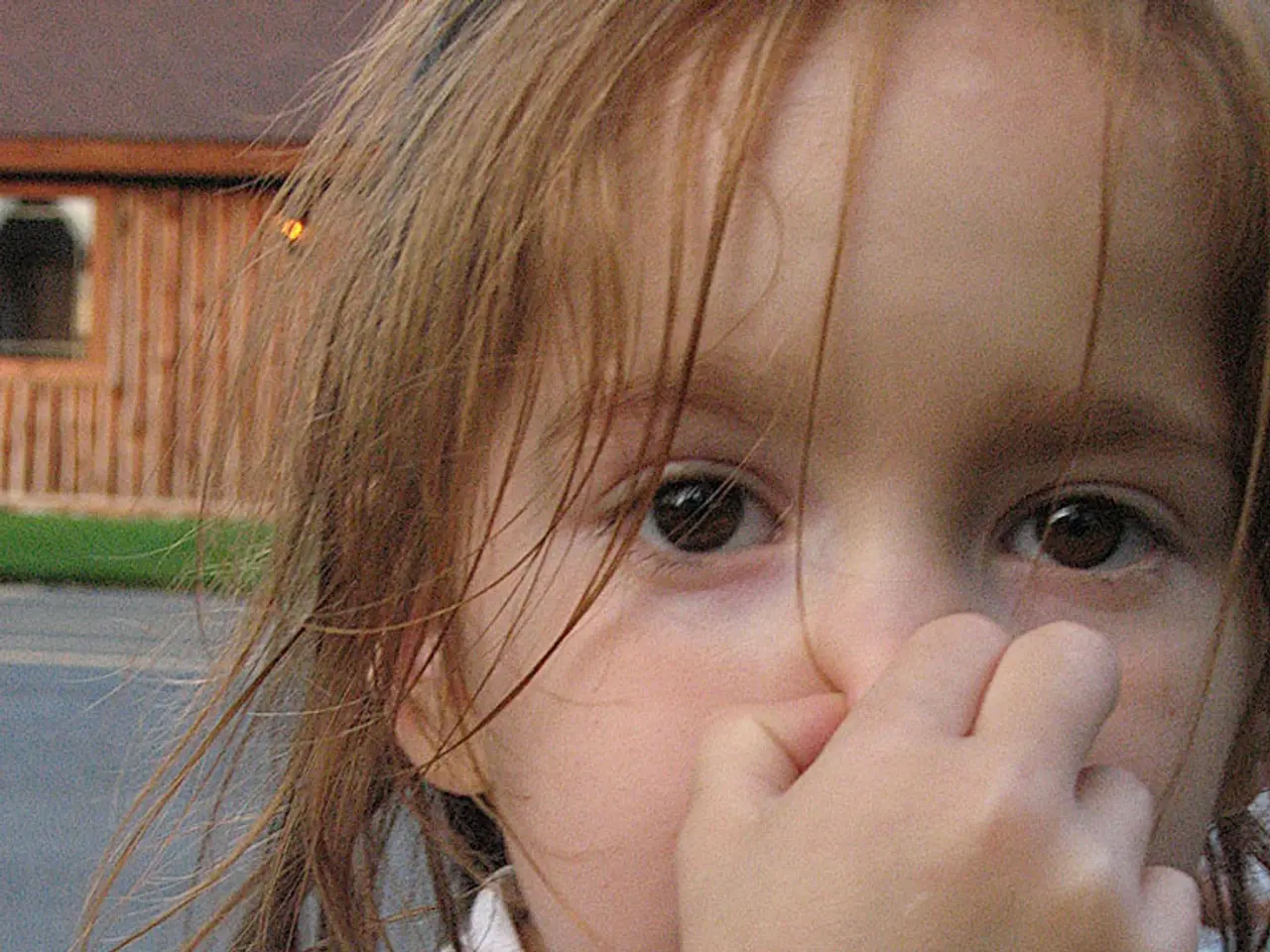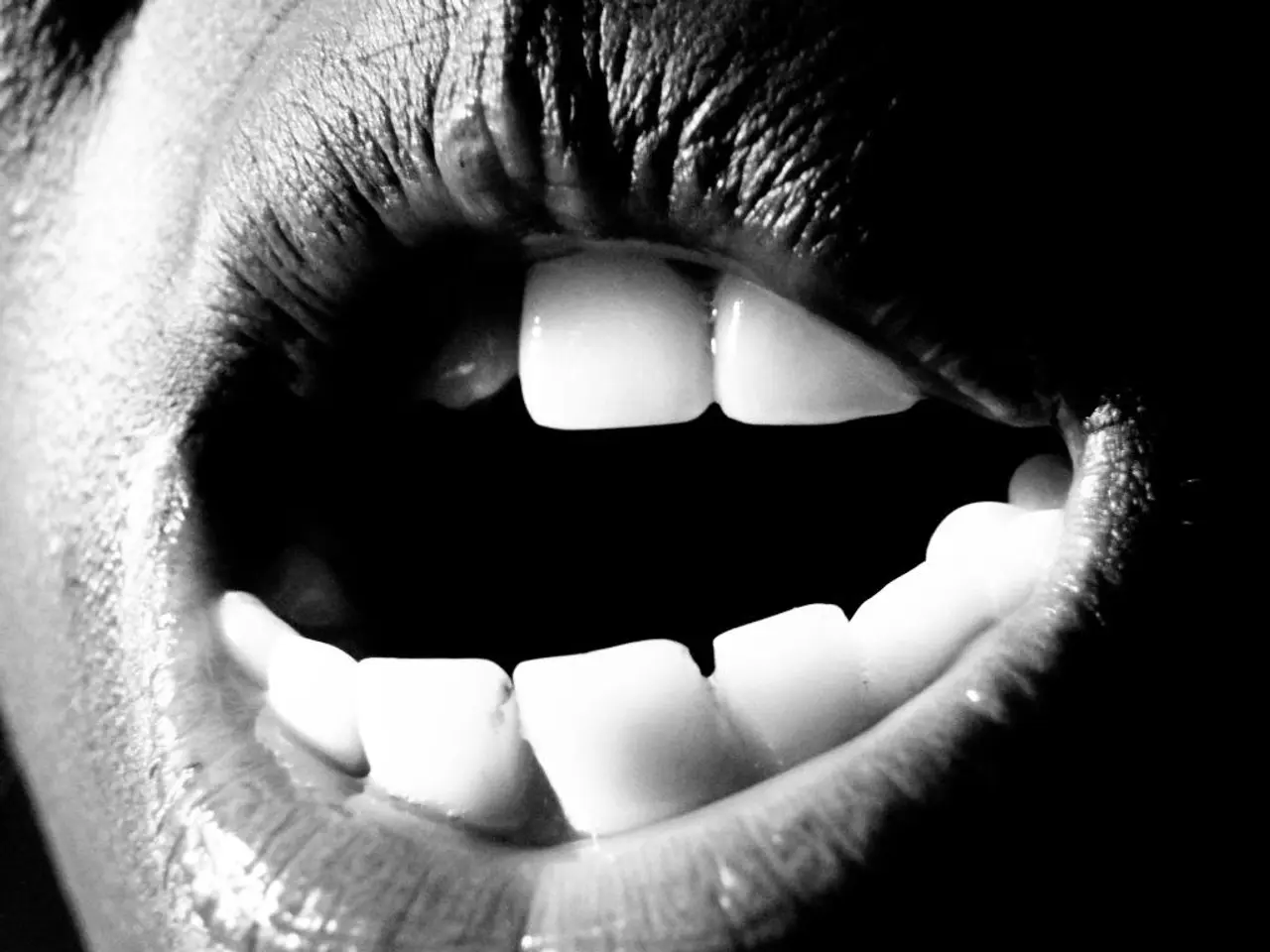Repeated nose picking: Causes, consequences, and methods to prevent it habitually
Nose-picking is a common habit that many people, especially children, find themselves struggling with. While it may seem harmless, nose-picking can lead to a variety of health issues and complications.
The urge to pick one's nose is often triggered by dryness or irritation in the nasal passages, stress-related habits, children exploring their bodies, and allergies or colds that cause frequent nose blowing and nasal discomfort. The habit is usually rooted in a desire to remove dried mucus or relieve an itch inside the nose.
However, nose-picking is associated with significant risks. These include nasal infections and inflammation, frequent nosebleeds, the spread of bacteria and worsening of skin conditions, potential neuroinflammation, and damage to the tissues and structures inside the nose.
To help adults and children break this habit, several methods can be employed. Identifying and addressing triggers is crucial. This can be achieved by managing nasal dryness with humidifiers or saline nasal sprays, treating allergies or colds effectively, and reducing stress which may prompt the habit.
Substitute behaviours are also essential, especially for children. Encourage the use of tissues for nasal cleaning instead of fingers and keep hands busy with alternative activities. Education and awareness are key, teaching children why nose-picking is harmful and socially unacceptable, emphasizing hygiene and the risks of infection.
Maintaining nail hygiene is also important as keeping nails trimmed short reduces potential damage when the habit occurs. In cases where nose-picking is a compulsive behavior, behavioural therapies or counseling might be necessary to break the habit.
It's important to note that nose-picking is a type of body-focused repetitive behavior (BFRB), and other types include hair pulling, nail biting, and skin picking. For people whose nose-picking is a compulsive behavior, mindfulness meditation, habit reversal training, and cognitive behavioral therapy may be helpful.
Increasing moisture in the nasal passages can help prevent nose-picking. This can be achieved by drinking plenty of fluids, using a saline nasal spray, applying coconut oil to the insides of the nostrils, flushing the nasal passages with clean, warm water, using a humidifier, or using a neti pot.
Structural irregularities within the nose, such as a deviated septum, can increase the likelihood of nose-picking. Conditions such as allergies and upper respiratory infections can increase nasal mucus and boogers, leading to an increased urge to pick the nose.
In a 1995 study, 75% of participants reported that almost everyone picks their nose. However, it's crucial to remember that avoiding nose-picking protects nasal health, prevents infections and bleeding, and reduces the risk of long-term complications.
By following these guidelines and seeking professional help when necessary, it's possible to break the nose-picking habit and maintain good nasal health.
- The irritation and dryness in the nasal passages, caused by factors like allergies or colds, can predict a higher tendency towards nose-picking, leading to potential health issues.
- In addition to nasal infections and inflammation, ulcerative colitis, a healthcare condition, might be worsened by nose-picking due to the spread of bacteria.
- Depression, a common mental-health issue, can also trigger nose-picking as a compulsive behavior, along with other body-focused repetitive behaviors like hair pulling and skin care practices like picking at skin.
- AQ, a skin care product, might help maintain skin health and reduce the risk of exacerbating skin conditions, which can be worsened by nose-picking.
- Science has shown that nutrition plays a significant role in overall health, and consuming a balanced diet can contribute to good health-and-wellness and other aspects like fitness-and-exercise and mental-health.
- Undergoing therapies-and-treatments, such as mindfulness meditation, habit reversal training, and cognitive behavioral therapy, may aid those struggling with compulsive nose-picking.
- To help manage symptoms of dryness in the nasal passages and reduce nose-picking, consider employing methods like drinking fluids, using saline sprays, or applying coconut oil to the insides of nostrils as part of your health-and-wellness routine.



